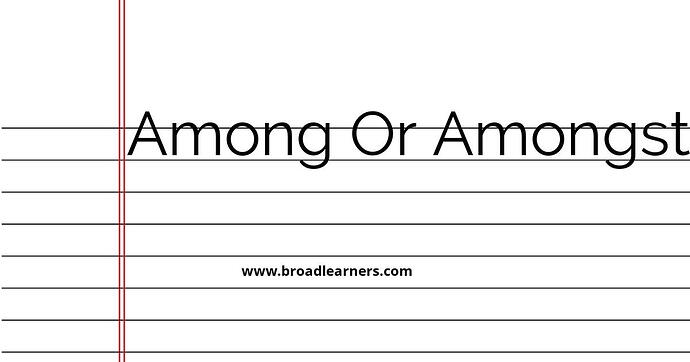'Among' and 'amongst' are commonly confused words in English grammar. Understanding the difference between 'among' and 'amongst' is important to use them correctly in written and spoken English.
'Among' and 'amongst' are prepositions that are used to indicate being part of a group or surrounded by something.
The main difference between 'among' and 'amongst' is that 'amongst' is a variant of 'among' that is more commonly used in British English, while 'among' is more commonly used in American English. However, both words are grammatically correct and can be used interchangeably in most contexts.
Let's take a closer look at the meanings and usage of 'among' and 'amongst'.
| 'Among' | 'Amongst' |
|---|---|
| The word 'among' is a preposition that indicates being part of a group or surrounded by something. | The word 'amongst' is a variant of 'among' that is more commonly used in British English. |
|
|
To remember the difference between 'among' and 'amongst', it can be helpful to remember that 'among' is more commonly used in American English, while 'amongst' is more commonly used in British English.
Here are some examples of correct usage:
- She stood among the crowd, trying to get a glimpse of the performer. (American English)
- He walked amongst the trees, enjoying the peacefulness of the forest. (British English)
- The debate sparked a lively discussion among the students. (American and British English)
- The book was hidden among the other books on the shelf. (American and British English)
Remembering the correct usage of 'among' and 'amongst' will improve your grammar and communication skills.
